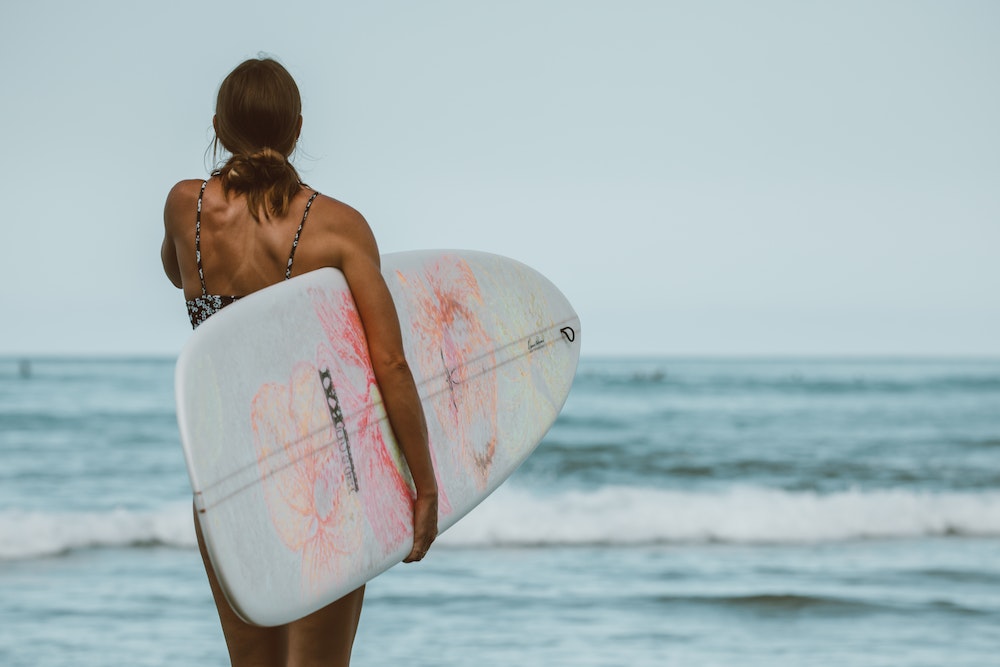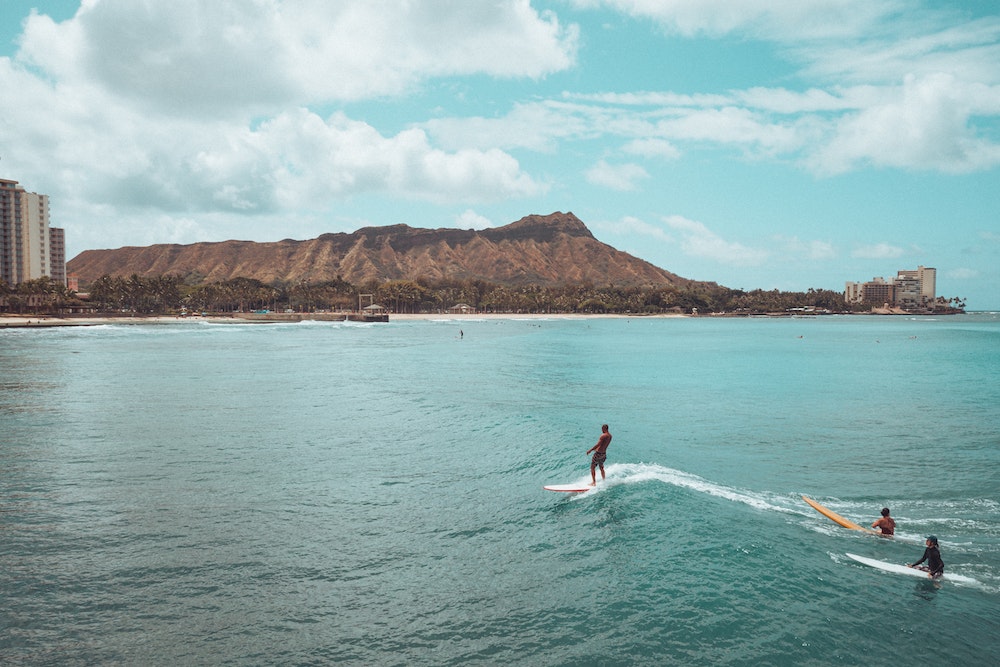Welcome to a journey through time and waves as we delve into the captivating story of surfing in Hawaii. This tale, deeply rooted in the rich culture and traditions of the Hawaiian people, has rippled outwards, making Hawaii the ultimate surfing destination known worldwide today. But have you ever wondered how it all began, how it evolved, and what it has come to symbolize? Prepare to ride the waves of this narrative.
The Origins: Tracing the First Surfboards in Hawaii
Before we can appreciate the modern high-tech surfboards, we need to trace our way back to the origins. Surfing, known as “heʻe nalu” in the Hawaiian language, is believed to have existed in these islands for hundreds of years. The first surfboards, known as “papa heʻe nalu,” were carved from the wood of native Hawaiian trees like koa and ʻulu, and their construction was a carefully guarded secret. These boards were simple and heavy but held a spiritual connection to the surfers. The length and design of the surfboard often signaled the rider’s social status. Only aliʻi (chiefs and royalty) could ride the longest boards called ‘olo, while commoners typically used the shorter alaia boards.
Royal Influence: How Hawaiian Monarchy Enhanced Surfing
The sport of surfing was more than just an enjoyable pastime in ancient Hawaii—it was deeply entwined with the island’s social structure and religious customs. The Hawaiian royalty played a significant role in promoting surfing. King Kamehameha I, the unifier of the Hawaiian Islands, was known to be an ardent surfer. It was his influence that kept the art of surfing alive during the early 19th century, a period when European influence threatened to eradicate it.
Likewise, Princess Ka’iulani, the last royal heir of the Hawaiian Kingdom, was a champion for surfing in the late 1800s, actively participating in the sport and bringing it to the international stage during her travels abroad.
Traditional Surfing Rituals of Ancient Hawaii
Religious rituals and ceremonies were an integral part of ancient Hawaiian surfing culture. It wasn’t simply about getting on a board and riding the waves; there was a deeper spiritual connection to the ocean and the forces of nature. Some of these practices included:
- The art of crafting the surfboard: Craftsmen known as “kahuna kalai papa heʻe nalu” held a spiritual role, praying during every step of the surfboard-making process. The tree selected was often given a fish offering before it was cut down.
- The act of surfing: Before entering the ocean, surfers often prayed to the gods for protection and good waves, offering fish and other food in a ceremony known as “lele.”
The Revival: 20th Century Rebirth of Hawaiian Surfing
As we move into the 20th century, we witness the rebirth of surfing, notably attributed to a group of Waikiki beach boys and Duke Kahanamoku, an Olympic swimmer and devoted surfer who became a global ambassador for the sport. Duke introduced surfing to places like Australia and California, sparking a worldwide interest in the sport. The revival period also saw the innovation of lighter, more maneuverable boards made from new materials like balsa wood and fiberglass.
Legendary Waves: Highlighting Hawaii’s Best Surf Spots
Hawaii is renowned for its exceptional surf spots, each offering a unique wave experience. Here are some of the most famous ones:
- North Shore, Oahu: Known as the surfing mecca of the world, North Shore is home to legendary surf spots like Banzai Pipeline, Waimea Bay, and Sunset Beach.
- Waikiki, Oahu: With its gentle long-rolling waves, Waikiki is a great spot for beginners and longboard riders.
- Honolua Bay, Maui: Recognized for its world-class right-hand point break during winter swells.
- Jaws (Peahi), Maui: This is the place where professional surfers gather to challenge the biggest waves on the planet.
Meet the Pioneers: Profiles of Renowned Hawaiian Surfers
Some of the influential figures in the Hawaiian surfing scene include Duke Kahanamoku, who is often referred to as the ‘Father of Modern Surfing.’ Eddie Aikau, a well-respected lifeguard and big wave surfer, is another prominent figure whose legacy continues in the famous Quiksilver surf competition, “The Eddie.” Then there’s Laird Hamilton, who pushed the boundaries of what was thought possible in surfing with his tow-in surfing innovations.
Understanding Wave Etiquette: The Unwritten Rules of Hawaiian Surfing
For anyone planning to surf in Hawaii, it’s essential to understand and respect the local wave etiquette. Some of the unwritten rules include not dropping in on someone else’s wave (called ‘snaking’), respecting the locals and the environment, and understanding the pecking order in the lineup. Safety should always be a top priority, especially given the power of Hawaiian waves.
Surfing Today: The Impact of Hawaiian Surf Culture Globally
In today’s world, the impact of Hawaiian surfing is evident. The spirit of aloha, the respect for the ocean, and the shared camaraderie among surfers are all aspects of the Hawaiian surf culture that have been embraced worldwide. This culture has shaped international surf competitions and influenced the design and art of modern surfboards. Most importantly, it’s the Hawaiian connection between surfing and living in harmony with nature that continues to inspire surfers and non-surfers alike around the globe.










